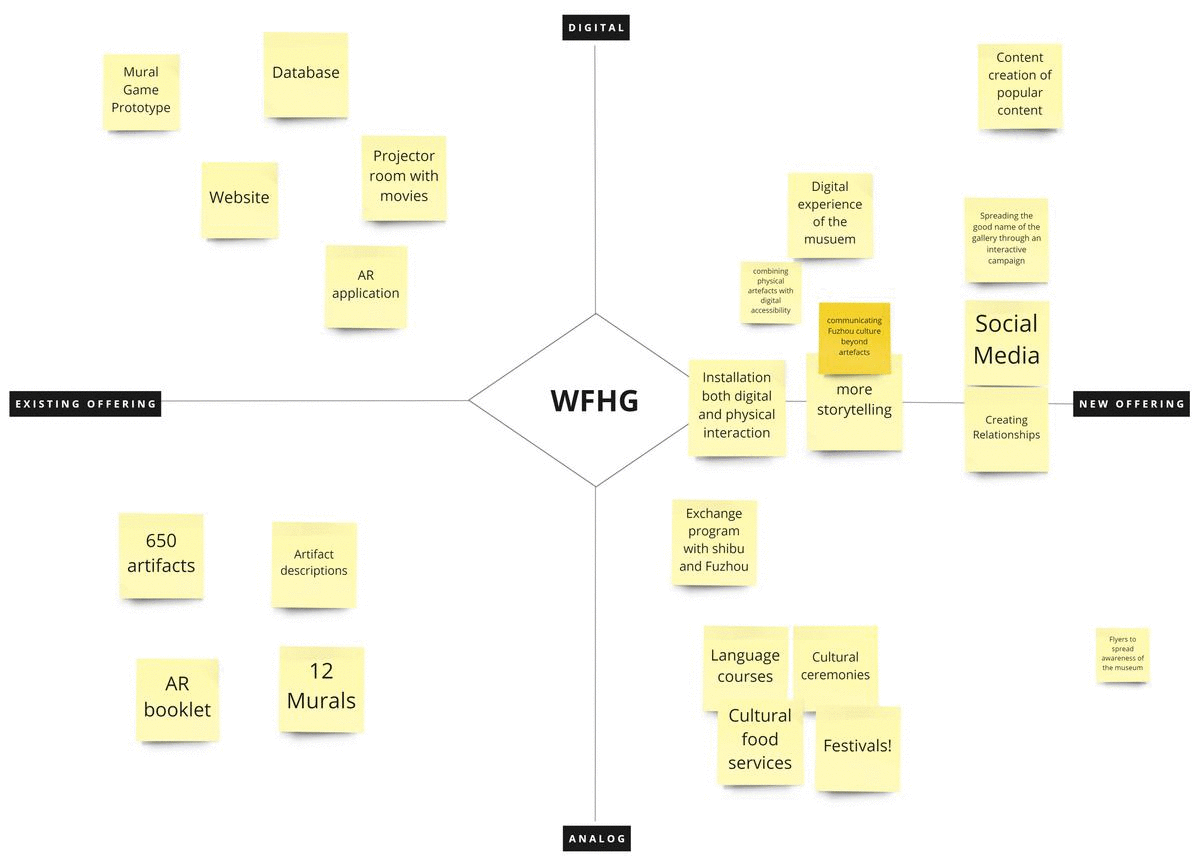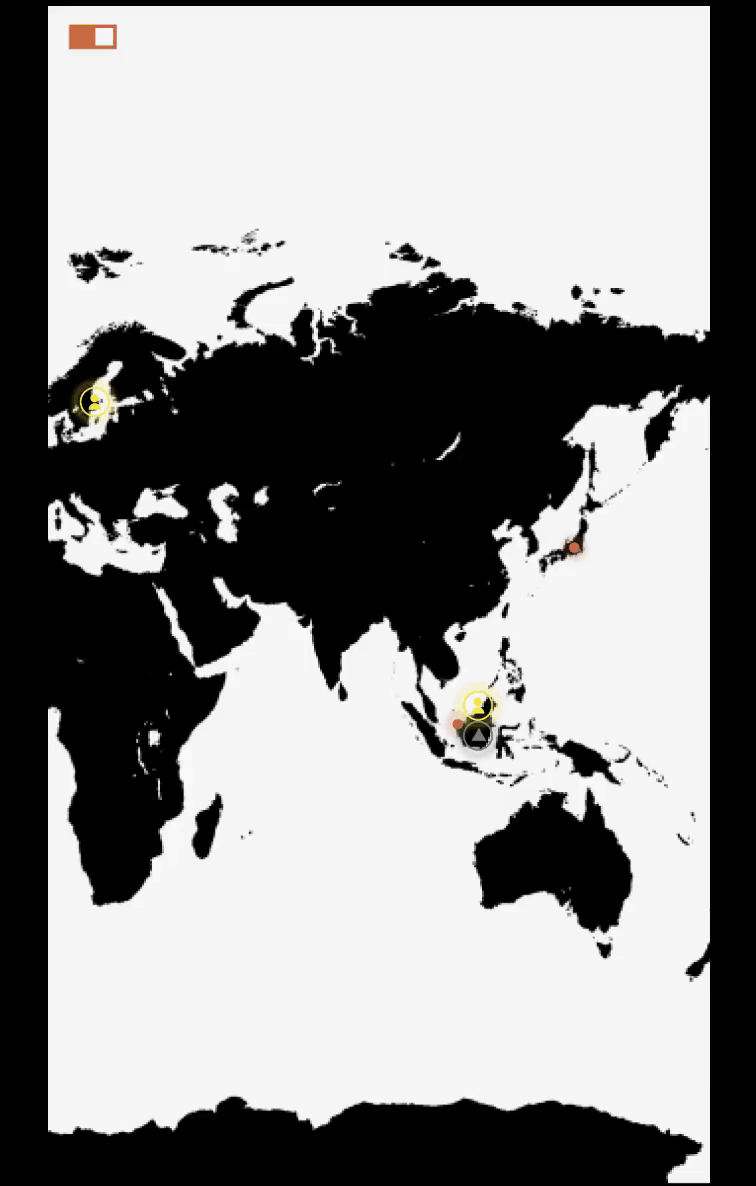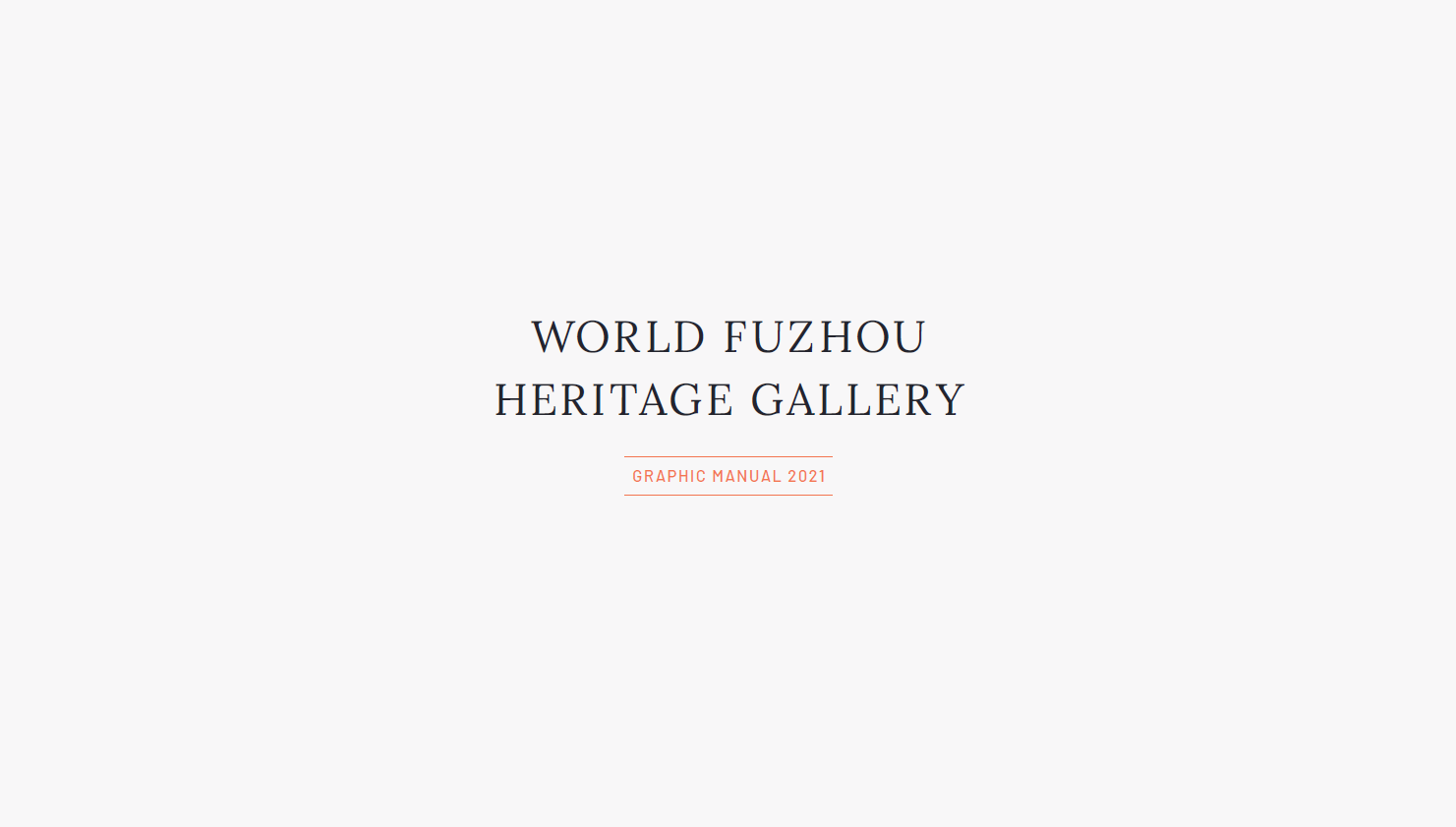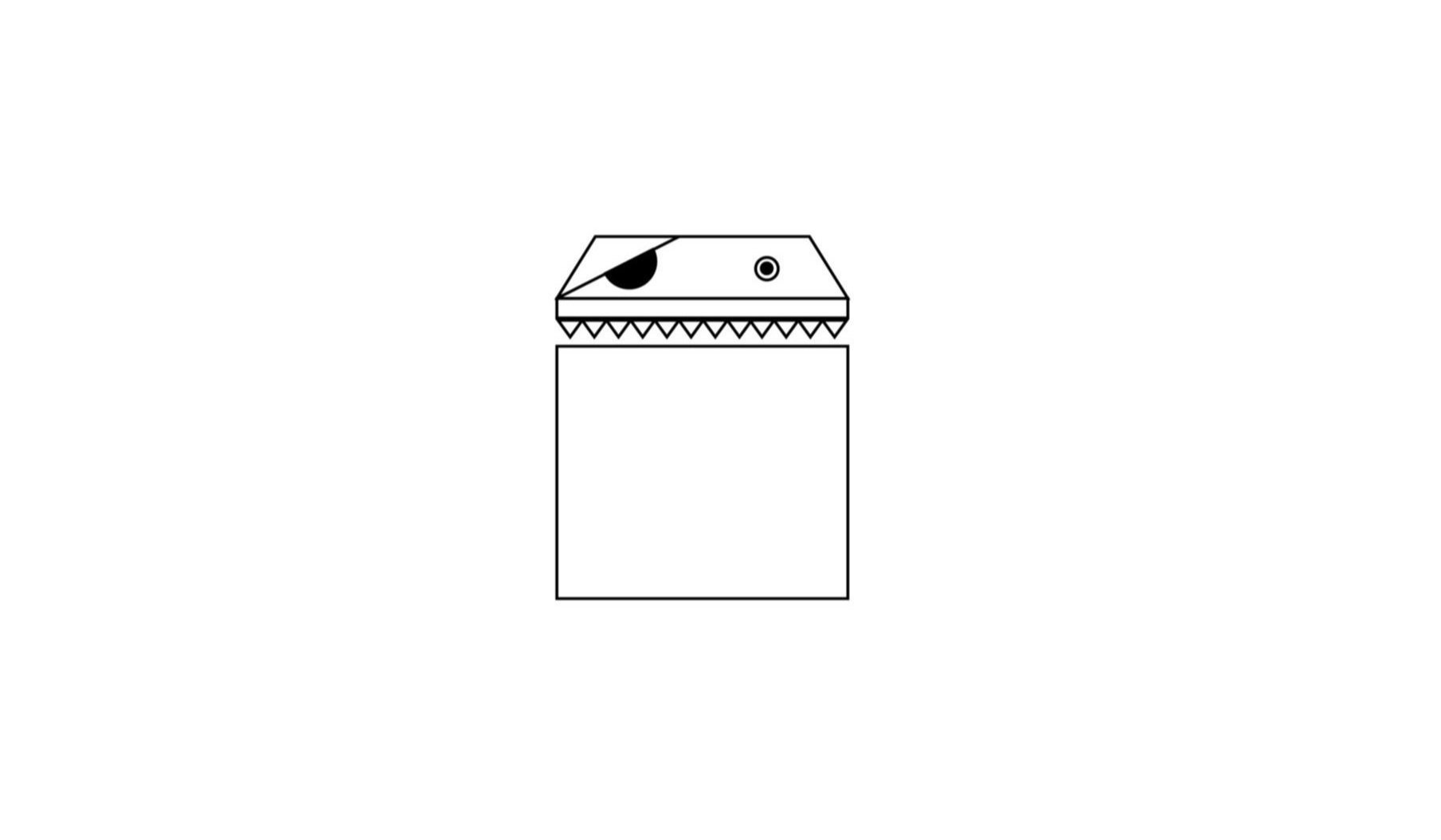Distant Identities
Create design possibilities for WFHG while working closely together with the UCTS student team.
Role
Product designer
Skills used
Relational design, Co-design, Remote workshops, Figma, High-fidelity prototyping, UX research, workshop facilitation, workshop analysis, concept development, clear handover
Project
School
Year
2021
Time frame
9 weeks
TL;DR
/
TL;DR /
The background
Collaborate with the World Fuzhou Heritage Gallery (WFHG), the Sibu Foochow Association (SFA), and student team of computer scientists and user experience designers from University College of Technology Sarawak (UCTS) in supporting learning about Fuzhou culture and heritage.
The WFHG. A collection center for artifacts used throughout the Fuzhou migration to Sibu, Malaysia. Aims to be a place for Fuzhou descendants to recognize, learn and identify with their own ethnic culture.
The SFA. Supports the identity and culture of the Foochow community (Fuzhou-descendants in Malaysia).
Diasporatic background. Highly relevant in an ever-globalizing society: nationality versus ethnicity. Being a member of a diasporatic community is a delicate balancing act between belonging in the “host” country and understanding ethnic identity. The Fuzhou migration to Sibu is just one branch of the diaspora; other Fuzhou-descent communities can be found in North America and Japan, for instance.
Cultural differences. Diverse cultural differences and perspectives must be recognized and considered. An international collaboration not only between 2 universities in Malaysia and Sweden, but also between team members and colleagues coming from Malaysia, Sweden, Germany, the Netherlands, and the US with various ethnic backgrounds.
Inheritance of a project. As part of the bigger Cultural Empowered Digital and Interactive Museum (CEDIM) project, student groups work on different portions and inherit concepts from each other.
Remote work. Global collaboration during COVID-19 – working remotely and solely online.
The problem
Currently, the museum is only a place that brings together and showcases artifacts.
The goal
Create and suggest design possibilities for the WFHG that will help support identity and identity building among Fuzhou descendants.
Make the museum a central, educational, and interesting space that keeps up with global development with the help of IT techniques.
The concept
We aligned on 4 concepts we wanted to incorporate in our design before starting our process:
Storytelling. Breathe life into the museum’s artifacts through the oldest of human traditions.
Technological solution. Focus on technological solutions to support the museum’s goal of keeping up with global developments and technological advancements.
Identity and identity building. Balance the fine line between supporting identity and identity building through empathy, and colonizing with personal experiences.
Build on previous work. Build on the work done by the previous group, to both respect and expand on the work.
The process
We followed the reflective transformative design process.
Working with and within a different culture requires knowledge, sensitivity, and trust. Even after “securing” these requirements, there’s no guarantee of avoiding assumptions.
The basis of the reflective transformative design process (RTDP; Reitsma, 2015) are assumptions, tests, and reflections.
The RTDP and the dialogue approach to co-design work well together, as assumptions afford an opening for co-design by allowing natives to jump in and critique the assumptions. Rather than asking questions about a culture that the natives are familiar with and customs they might not be aware are “different”, assumptions bring to light what outsiders perceive about the natives, and discussions can ensue about why the gaps in perceptions may exist. These conversations guide the assumptions and design through reflection before an adapted version of the concept is presented in another cycle of this quick iterative process.
Figure by Reitsma (2015), adapted from Hummels & Frens (2008).
Space in which the designer tries to make sense of the context
Research
Coming in as foreigners, understanding the story behind the museum and the culture surrounding Malaysia as a melting pot of different cultures — and especially, the culture and environment surrounding Fuzhou descendants — was crucial.
Desk research was done on Fuzhou food, linguistics, history, geography, and the greater global diaspora. Careful inspection of the previous work was completed to understand the types of solutions the museum was looking for, and what we might further develop. An inspirational mood board was patched together with content from other interactive museums and exhibits.
Several meetings were held with the stakeholders (a few members of the previous student group, a staff from the WHFG, and a few members of the SFA) to better understand the project goal and context, and interest alignment.
A design-before-design (Pedersen, 2015) workshop within the team to evaluate stakeholder interest alignment revealed that although all stakeholders held the same goal of improving the museum, there were different ideas of how to get there.
Co-design workshops
Inspired by empathic dialogue (Wright, 2010), insights were gained from workshops that were designed to be like casual conversation.
Rather than Q&A interviewing, trust building was more likely through the casual atmosphere of dialogue. Dialogue afforded a bidirectional relationship that fosters co-design; sharing the reasoning behind our decisions based on our experiences provided a springboard that allowed the UCTS team to give input based on their own perspectives and experiences, fostering tighter teamwork.
Such workshops included all stakeholders in the design process, creating concepts together that everyone would agree upon and enjoy. Co-designing meant sharing ideas and design concepts, and then discussing the amount of interest and feasibility of implementation with the stakeholders to determine which concept to move forward with and expand upon.
For example, the design manual is the result of the decisions made by the UCTS team and museum stakeholders after we presented 3 different aesthetic mood boards. Additionally, design concepts were either discarded or altered based on the suggestion of the stakeholders.
What is “ordinary” to the Malaysian UCTS team may be “extraordinary” to foreigners, and risks being left out. With dialogue, such tidbits can be captured, providing an opportunity for inspiration and ideation.
Sketching
Buxton (2007) sketches* helped translate our ideas into more tangible concepts, that could then be shared with UCTS colleagues.
*Buxton (2007) suggests that sketching is a necessary step during the design process that help communicate ideas. The sketches should be rough, but easy-to-understand so that others can build upon the idea.
The deliverables
The “Distant Identities” project consists of 7 deliverables that were handed off to the next group of UCTS students working on the larger CEDIM project.
Digital improvements aiming mainly at the website are the focus of the design concepts after initial physical installations were set aside as future directions. Moreover, it would be difficult during COVID-19 for the team to physically visit the museum in Sibu.
The concepts were born out of co-design workshops with UCTS colleague and followed the work of the previous group. Mockups and guidelines are concrete enough to be easily understood by those outside the Swedish team, but loose enough to adapt new ideas.
Because the project period only lasted 10 weeks, concepts were categorized into “high”, “medium”, and “low” priority. “High” priority concepts were thoroughly fleshed out, guidelines were created for “medium” priority concepts, and “low” priority concepts were ideas. “Medium” and “low” priority concepts are noted in a way that can be inherited and worked on by the next group.
Website
High-priority feature - Dynamic murals
The 12 physical murals depicting the story of the Fuzhou-Sibu migration placed on the outside of the museum building in hot and humid Sibu are given a 2nd life.
The migration story is told through the museum’s mural expert who isn’t always available. In their place, the text relays the story, while the highlights guide the visitors’ eyes through the journey.
Medium-priority feature - “Chapter 13” interactive map and postcards
Visitors can add their own story to the murals as “Chapter 13”, since the story of migration never ends. On the map, visitors can check out important Fuzhou-related landmarks, important figures and statues, and other visitors. The inspiration behind the concept is the diaspora and global connection.
Different branches of this concept were created, such as showing only other Fuzhou descendants, showing non-Fuzhou descendant visitors and the reason of their museum visit on a separate toggle-able map, and showing everything on 1 map.
Medium-priority feature - Point-and-click escape room-esque game guideline
Inspired by escape rooms, the point-and-click game teaches visitors about the artifacts in a fun and creative way.
Different scenarios are provided as visitors attempt to escape the museum using the various artifacts from within.
Low-priority feature - “Smartifact” quiz
A fun quiz involving the artifacts within the museum with sample content provided by UCTS colleagues.
Low-priority feature - Exhibition proposals for selected artifacts
Brings the spotlight back to the museum’s artifacts by creating a curated collection of artifacts and the stories behind them.
A few collection topics are suggested to kickstart the exhibitions.
“Behind Every Man” is meant remain respectful of the local culture, while bringing in the forgotten stories of the immigrant Fuzhou women.
Low-priority feature - Questionnaire
Aims to better understand Foochow culture and how it has been passed on, and whether the goals of the museum and visitors are aligned — if younger generations are interested in their ethnic identity and identity building.
The Facebook group to which this questionnaire was sent is rich in personal stories and cultural identity, and holds much potential for future co-designing with other members of the Foochow community.
Physical implementations
2 concepts that build upon 2 of the previously presented concepts — the dynamic murals and the point-and-click game “Escape the Gallery”.
These directions marry the digital website with the physical museum.
Augmented murals
Brings in the highlights and storytelling from the digital murals to the physical murals via mobile phone.
Visitors move their mobile devices over the physical murals to enter the “digital murals”, and see the highlights and texts through the screens of their devices.
Physical-digital game
Connects visitors no matter where they’re playing from — digitally on the website or physically in the museum.
Visitors would enter the game through their mobile devices and move the devices throughout the physical gallery, where a scenario would be given and pop-ups would indicate which artifacts have been used by other digital or physical visitors
Aesthetic guide
Design manual
A design manual that would tie together past, present, and future work under the same aesthetic.
Work from the previous groups had separate aesthetics. An aesthetic revamp and manual was created to not only very clearly lay out which fonts and colors to use to effortlessly achieve an organized and together look within the CEDIM project, but to also update the museum’s aesthetic to better appeal to their target audience — youths.
Limitations
Communication relays and delays.
Conflicting information and misaligned interests.
A 10-week period is a short amount of time; the trust necessary for co-design and stakeholder dialogue can take a while to gain.
Initial confusion on the targeted diasporic population — was it only Fuzhou descendants in Sibu or global Fuzhou descendants?
Initial confusion in the duality of the UCTS team as both Fuzhou-descendants to glean information from, and as colleagues that would code and help implement design concepts.
Results & takeaways
After presenting to stakeholders, we received positive feedback that the deliverables were what they were looking for in terms of technological innovation and interactivity.
We were unable to see our deliverables to implementation. However, we have identified a few next steps and future directions:
Next steps:
Consistent aesthetic. Implement the design guide across all material (e.g., AR booklets, website, any future works).
Enhance mural storytelling. Enhance mural storytelling with audio clips provided by the museum’s mural expert, giving a more detailed picture of the migration.
Direction for “Chapter 13”. Decide on a direction for the “Chapter 13” interactive map, and implement it on the website.
Point-and-click game. Develop the point-and-click game “Escape the Gallery”, and implement it on the website.
Future directions:
On-site AR mural storytelling. Implement on-site AR mural storytelling via mobile phone.
Integrate game and physical museum. Integrate the point-and-click game “Escape the Gallery” into the physical museum.
Connect museum and town. Connect the museum to the town through collaborations with restaurants and interactive AR exhibitions around town.
Some key takeaways I’ve gained from this project are:
The world is smaller than we think. For example, the Fuzhou diaspora in Sibu are not quite so different from the Minnan diaspora in Taiwan in terms of the culture and values passed down through the century since migration.
Different fields have different priorities and ways to communicate and understand each other.
Working in a team is invaluable because ideas can morph and adapt to become even better ideas and concepts.
Co-designing is a powerful tool. Workshops do not necessarily have to be “structured”. Dialogue can extract extremely important information.
Trust takes time to build up, but can make a large difference in the co-design process.
Managing stakeholder interests can be difficult, even when all stakeholders are working towards the same goal.
More projects



























